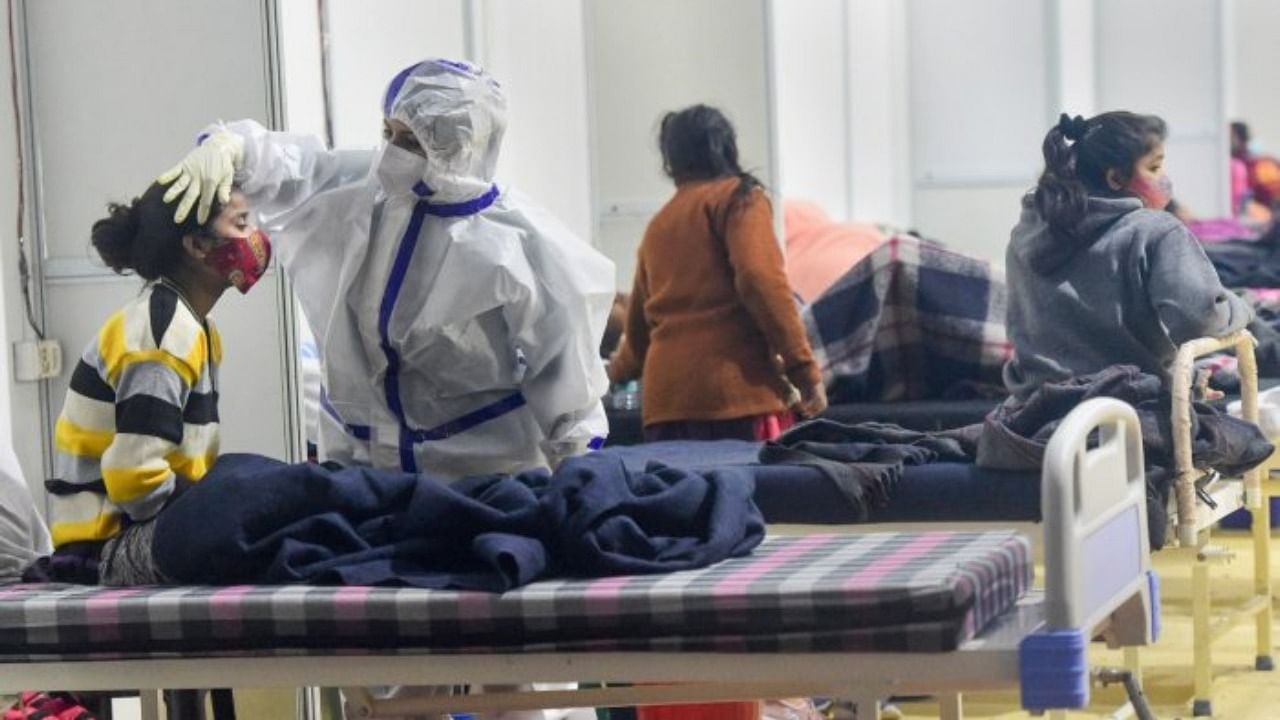
Omicron represents a new virus evolutionarily different from the Delta or previous variants, but experts said that the third wave is largely following the migratory pattern of the previous two waves.
Speaking on Thursday at a panel discussion titled Variants, Vaccines and Us, virologist Dr V Ravi, a member of Karnataka's Technical Advisory Committee (TAC), noted that the outbreak will potentially peak in the city by the end of the month, before moving to other districts.
Since the start of the surge on December 29, Bengaluru has been accounting for an average of 79% of all new cases being recorded daily in the state, official data shows.
“Cities are crowded and people meet largely in closed spaces, making them highly vulnerable to the epidemic. Again, we will see the same pattern (as before). Omicron is currently in major metros. Three weeks down the line, it will move to districts and then it will move to the periphery,” Dr Ravi said, adding that this is a typical epidemiological pattern.
This could mean a slightly more prolonged exit from the current wave than anticipated.
If the second wave is a model, Bengaluru peaked on April 30. At that time, the city was accounting for 60% of all new cases in the state. Thereafter, its share began to drop away. The state took another five days to peak, by which time it was accounting for 40% of all new cases. However, the new nature of Omicron provides little conclusive evidence about how the wave will pan out.
Speaking at the event, virologist Dr T Jacob John noted that the new variant’s ability to carry out intracellular infections meant that there has been a fundamental shift in the pathology of the virus, which sets it apart from other variants.
“Consequently, there is a shift (of the infection) from the lungs to the upper respiratory tract. The second shift is known as incision. This represents a shift in pathogenesis,” he explained.
More child cases?
However, the high infectivity of the new variant nevertheless has implications for children under the age of 15, given that a larger number of them may contract the virus in the wave.
While Dr John said he believed that children would generally fare better under Omicron, he added that there are risks.
Omicron is a watered-down virus (than Delta), less severe. But a recent study by the Centre for Disease Control (CDC) has shown that children infected with novel coronavirus are 2.66 times more likely to be diagnosed with diabetes than kids who never contracted the novel coronavirus, he said.
On Thursday, the Health Minister Dr K Sudhakar told a press conference that children under the age of 15 years are vulnerable on the grounds that they are unvaccinated.